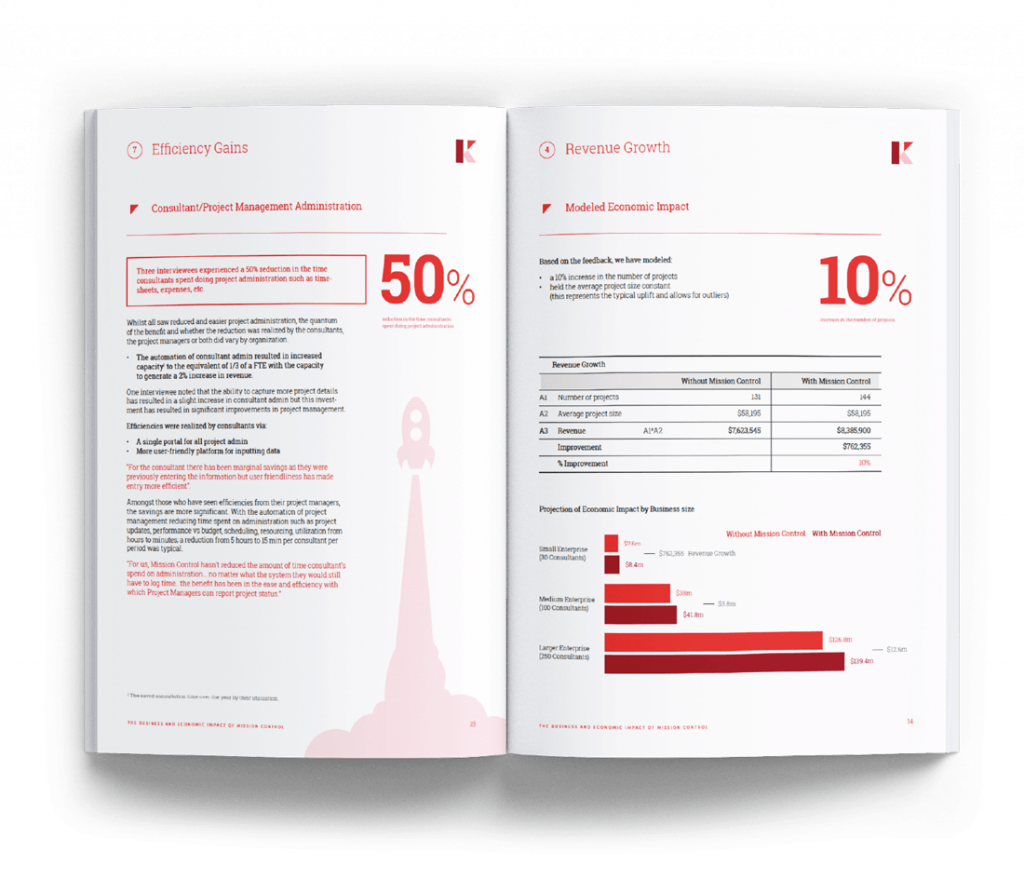Data migration is a critical aspect of Salesforce implementation and management, ensuring that data is accurately transferred from one system to another without loss or corruption. Whether you’re migrating data from legacy systems, integrating acquired company data, or consolidating databases, following best practices and using the right tools is essential for a successful migration process. In this article, we’ll discuss the best practices and explore different tool options for Salesforce data migration.
Best Practices for Salesforce Data Migration
Data Assessment and Planning: Start by assessing your existing data, identifying data quality issues, duplicates, and outdated records. Plan the migration process meticulously, including data mapping, transformation rules, and validation criteria.
Data Cleansing: Cleanse and standardize data before migration to ensure consistency and accuracy. Remove duplicates, correct formatting errors, and validate data against predefined rules to maintain data integrity.
Use Data Loader Tools: Salesforce provides Data Loader, a robust tool for bulk data import and export. It supports various file formats like CSV, XML, and Excel, allowing you to map Salesforce fields with source data accurately.
Incremental Data Migration: If possible, perform incremental data migration by transferring data in batches or deltas. This approach reduces downtime and minimizes the risk of data loss during large-scale migrations.
Data Validation: Validate migrated data against predefined criteria to ensure completeness, accuracy, and conformity with business rules. Use validation rules, reports, and dashboards to identify discrepancies and anomalies.
Backup and Rollback: Always back up data before migration and have a rollback strategy in place in case of issues or errors during the migration process. Regularly test backups to ensure data recoverability.
User Training and Testing: Train users on the new system and conduct thorough testing before and after migration. Test data integrity, system functionality, and user workflows to identify and address potential issues proactively.
Documentation: Maintain detailed documentation of the migration process, including data mappings, transformation rules, validation procedures, and testing results. Documentation aids in troubleshooting, audits, and future data migrations.
Tools for Salesforce Data Migration
Salesforce Data Loader: Salesforce Data Loader is a powerful tool provided by Salesforce for importing, exporting, and deleting data in Salesforce. It supports bulk operations, data mapping, and scheduling, making it suitable for large-scale data migrations.
Informatica Cloud Data Wizard: Informatica Cloud Data Wizard is a user-friendly tool for cloud data integration and migration, including Salesforce. It offers drag-and-drop functionality, data profiling, and transformation capabilities, simplifying complex migration tasks.
MuleSoft Anypoint Platform: MuleSoft Anypoint Platform provides integration and API management solutions, including data migration to Salesforce. It offers pre-built connectors, data mapping tools, and reusable templates for seamless data integration and migration.
Jitterbit Data Loader for Salesforce: Jitterbit Data Loader for Salesforce is a cloud-based data integration tool that enables bi-directional data synchronization, migration, and transformation. It supports real-time data integration and offers an intuitive interface for data mapping and scheduling.
Talend Data Integration: Talend Data Integration is a comprehensive data integration platform that supports Salesforce data migration among various other data sources. It provides data quality features, ETL capabilities, and automation options for efficient data migration workflows.
Apex Data Loader: Apex Data Loader is another data migration tool provided by Salesforce, suitable for both simple and complex data import/export tasks. It allows batch processing, data manipulation, and error handling, enhancing data migration efficiency.
Skyvia Data Integration: Skyvia Data Integration is a cloud-based platform for data integration, backup, and synchronization, including Salesforce. It offers mapping tools, scheduling options, and data transformation capabilities for seamless data migration processes.
DBSync: DBSync is a data integration platform that supports Salesforce data migration, synchronization, and replication. It offers pre-built connectors, data mapping features, and real-time monitoring, ensuring smooth and accurate data migration operations.
Choosing the right tool depends on your specific migration requirements, data complexity, budget, and integration needs. Evaluate each tool’s features, scalability, support, and compatibility with your existing systems before making a decision.
In conclusion, adhering to best practices and leveraging appropriate tools are crucial for successful Salesforce data migration. By following best practices, conducting thorough planning and testing, and using reliable migration tools, organizations can ensure smooth and efficient data migration processes, minimizing disruptions and maximizing data accuracy and integrity in Salesforce environments.




